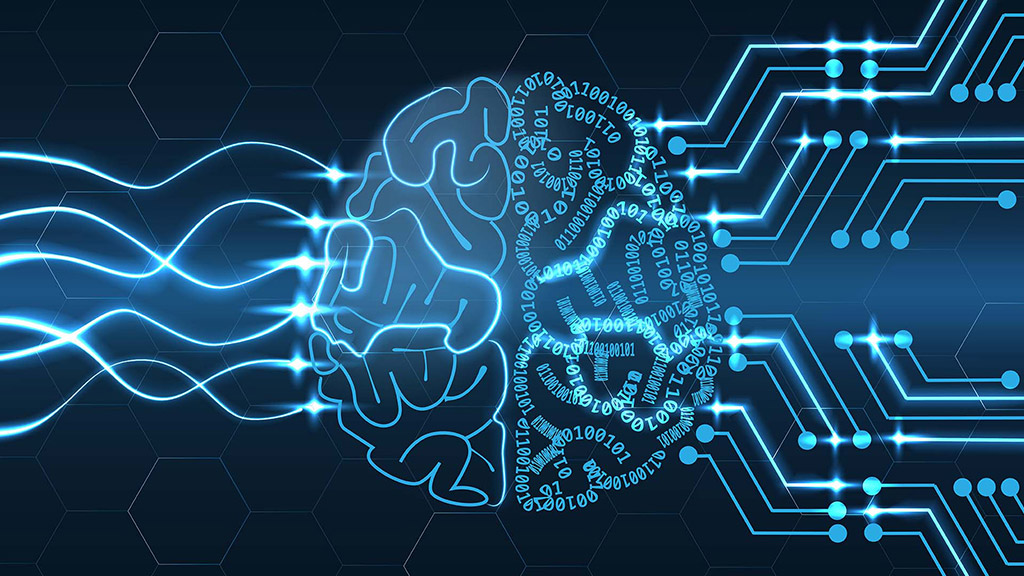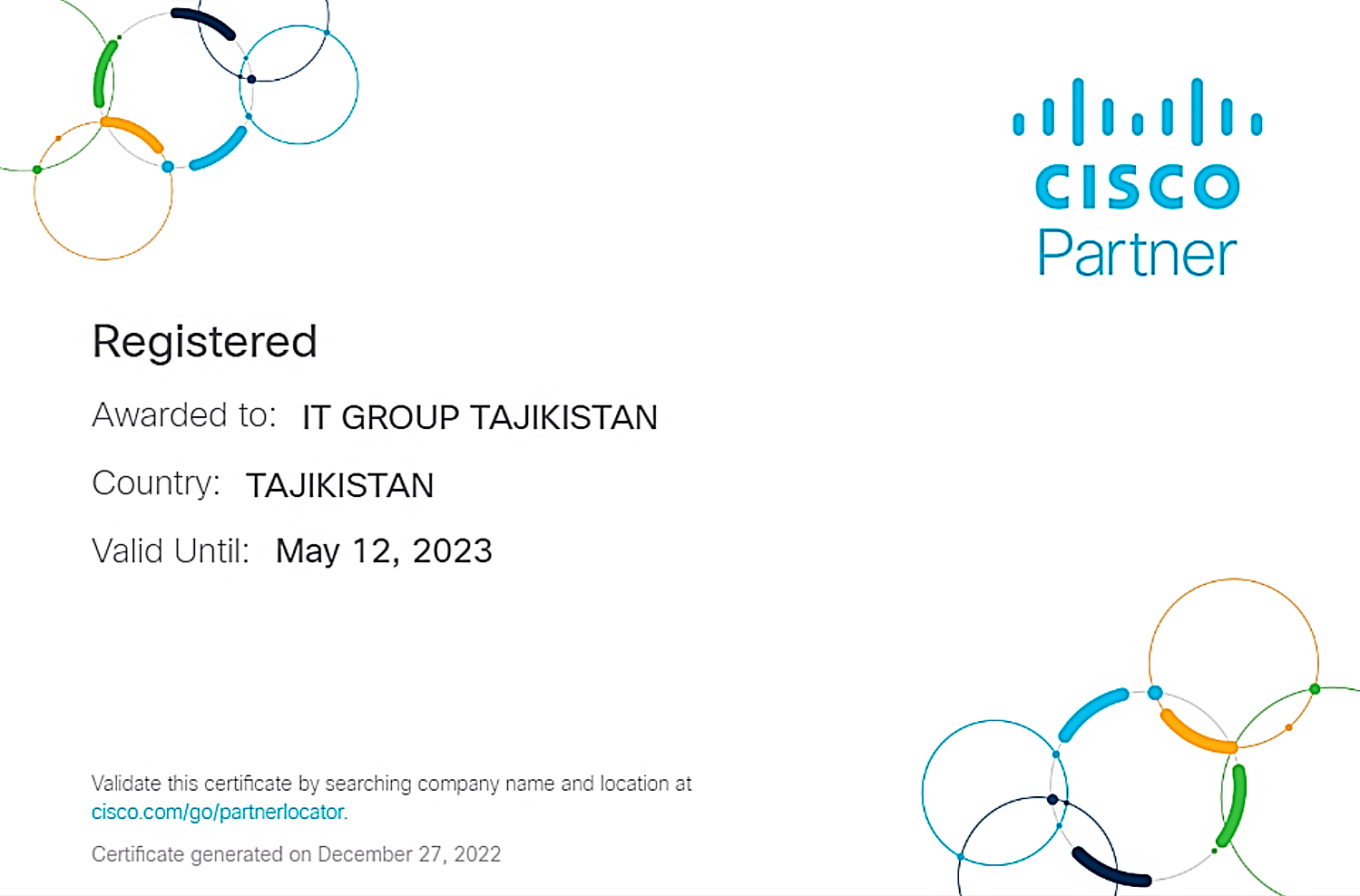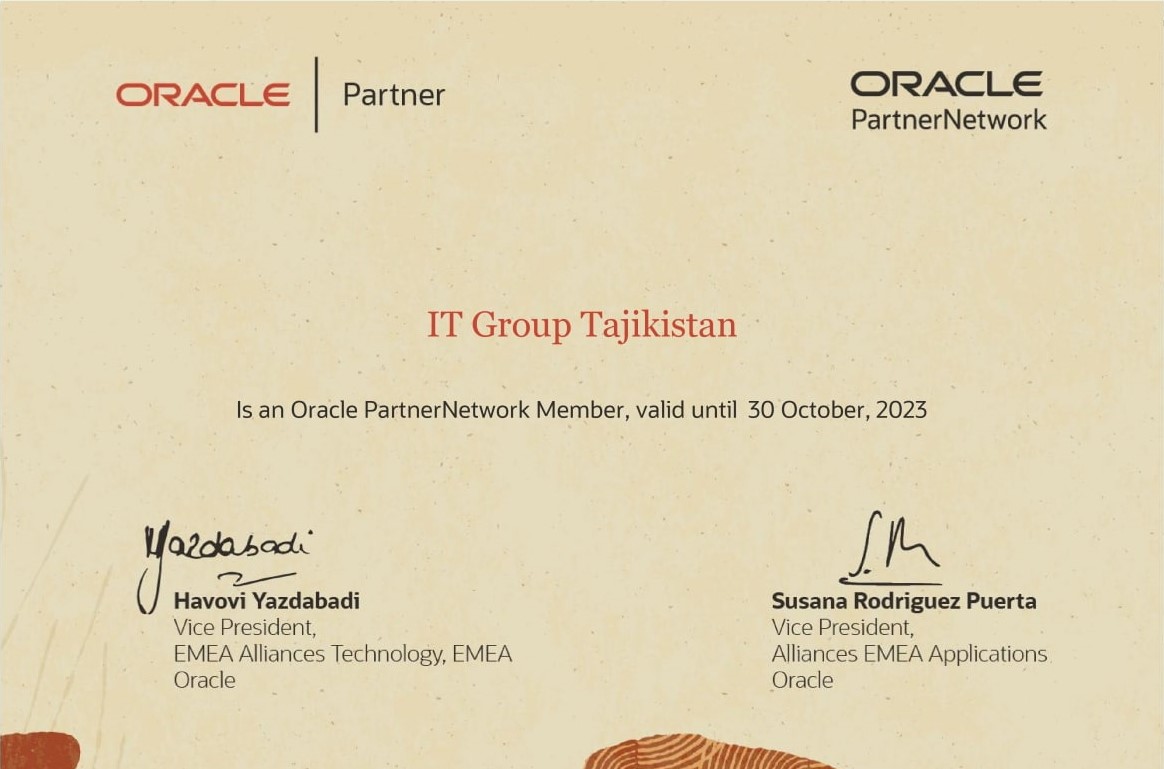AI and automation revolutionized the manufacturing sector with robots working with people in factories. Now the same types of technologies are beginning to penetrate into corporate offices and are quickly changing business practices.
Consider, for example, the recruitment process. “Meeting face to face with a person seems like an incredibly powerful way to communicate,” said Samer Al Mubayed, co-founder and CEO of Furhat Robotics. However, he points out that even the most experienced and well-trained recruiters sometimes succumb to subconscious biases when conducting interviews – whether by age, gender, race, or even simply by the candidate’s reaction to a preliminary conversation.
And here comes the social robot Furhat. The robot is designed to sit at eye level and provide a physical presence for interaction, unlike on-screen chat bots or virtual helper over the phone. His “face” is a replaceable mask on which an animated image of the face of a person with illumination is projected. A pair of 2.5-inch high definition stereo speakers provides the robot with voice. The robot itself can be applied to various applications, but since October 2018, Furhat has teamed up with the Swedish personnel company TNG and uses technology as a robot recruit called Tengai.
“A social robot is a device, but what makes it unique is its ability to communicate in much more natural ways,” Al Mubayed said. “We believe that using a social robot to conduct an interview can have a very interesting impact on a candidate’s interview process or experience compared to an online survey, web testing, or even a human encounter.”
«Usually it takes about seven seconds to create the first impression, from 5 to 15 minutes for the recruiter to make a decision. We want to change that»,
– said TNG’s director of innovation.
While the interviewer can subtly change the way they ask candidates questions – be it the tone of the voice, the order of the questions – Tengai asks each question the same way, in the same order. In particular, Tengai performs initial vetting of candidates by asking the same 28 standardized questions for each candidate. At the end of the interview, Tengai creates an anonymous transcript of the conversation and transmits it to the person who reviews them and decides which candidates will move on.
After months of testing and observing, Tengai began interviewing real TNG candidates in May. The English version should be released in 2020. Ultimately, Furhat would like to develop Tengai sufficiently so that the system can not only perform interview tasks, but also analyze responses and make its own recommendations on who to hire.
This possibility is still far away, but Furhat is already exploring ways in which the robot can help people. In the last week of May, the robot (this time called SEMMI, the name denotes the socio-empathic interaction of a person with a machine “) was located in a kiosk at the Tokyo station as part of a field test and served as a concierge, answering questions from travelers. questions were asked in nine languages. If this test is successful, the 2020 Olympic Games will be able to find many SEMMI metro stations throughout Tokyo. “





